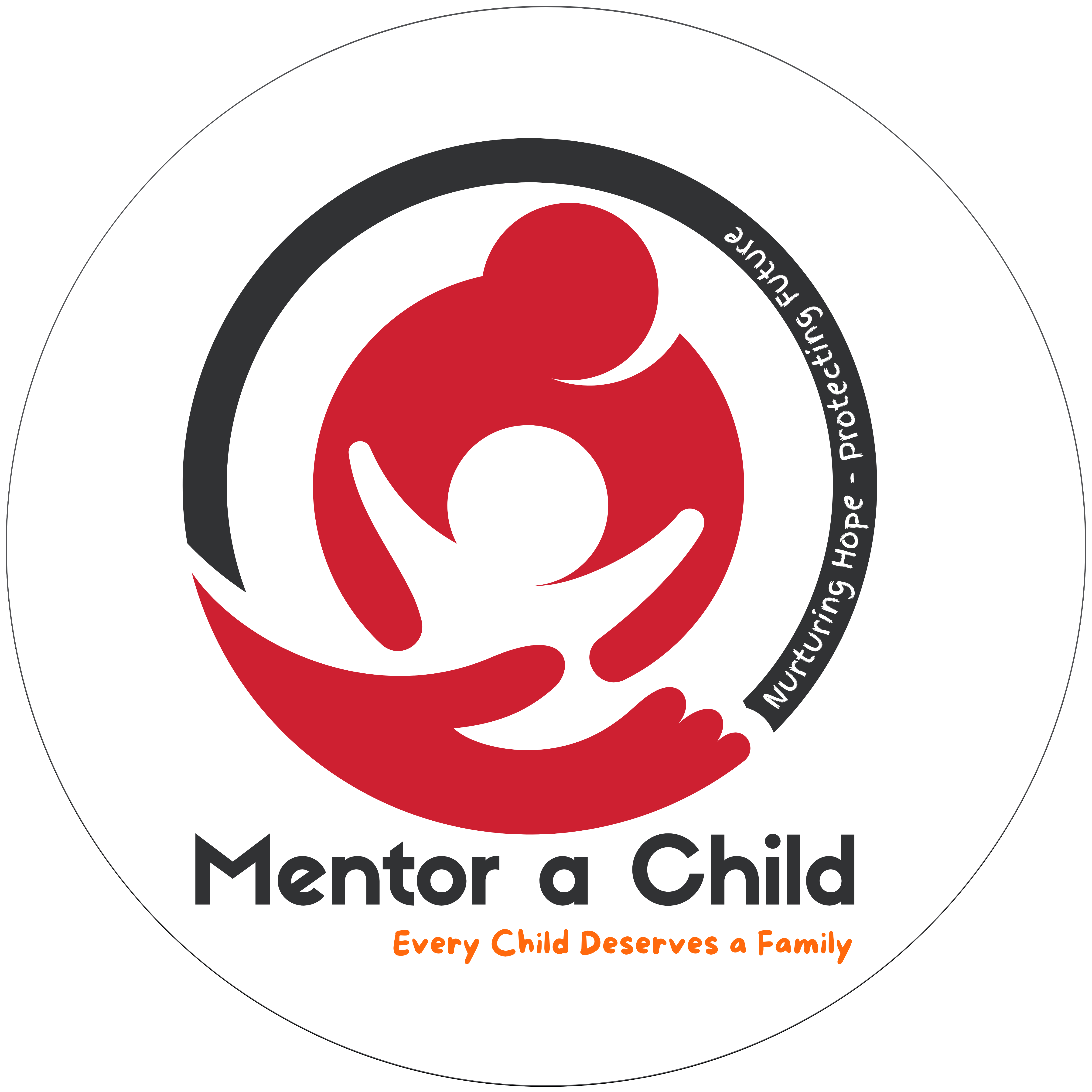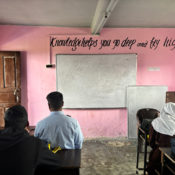
A Future on Hold
A 9th grader’s dream rests on the kindness of strangers.
On a warm spring day inside a small room in a village in the midst of south Kashmir’s Pulwama district, 15-year-old Asim Javaid (Name Changed) sits slouched over a school notebook at the edge of the room, writing down algebra notes. The rusted ceiling fan creaks overhead, and his brother looks over his shoulder with great curiosity. Outside the tiny window, the aroma of
freshly tilled earth wafts in from the fields – a reminder that summer looms on the horizon and with it, the uncertainty of how long Asim’s education will continue.
Asim, a ninth-grader with soft eyes and a sincere voice, doesn’t say much of his struggles. But his tale – one of resilience, yearning, and desperate aspiration for schooling – resonates a
profound crisis that afflicts hundreds of poor children all over Kashmir. “I want to be someone my family can be proud of,” he says. “But I can’t do it by myself.”
Ten years ago, Asim lost his dad to liver disease, a tragedy that shook the already fragile world of the family. His mother, Safeena (name changed), was suddenly left alone, widowed with two
toddlers and no fixed source of income. She explains the children survived thanks to their grandparents. Her voice shakes when she remembers those times. “My father-in-law took us in.
We had nothing. He made sure my kids went to school,” she says. “Then he passed away too, and everything began to fall apart again.”
In 2021, a community-led initiative offered the family a lifeline. Human Welfare Voluntary Organisation (HWVO), a local NGO, came across Javaid with the Child Protection Group,
volunteers who have been trained to spot children who are likely to drop out of school.
With institutional donor assistance such as that from Mother Helpage and Mission Vatsalya, the NGO started giving out monthly support. Even then, the family walks a thin line.
Though part of Asim’s education is sponsored, his older brother, now in 11th grade, gets nothing. “We stretch every rupee,” Safeena says. “But the expenses – books, tuition, transportation – they escalate with each year. I want both my boys to be educated, to dream. But what can a mother do when she cannot even afford the dreams of her children?”
Taja, the matriarch of the family and Asim’s elderly grandmother, stands close to the door, her eyes brimming with tears. “These children have already lost so much,” she says. “They are not demanding luxuries. Just an opportunity to study, to live with dignity.” The fate of the family is not an isolated one in Kashmir.
In those that are strife-torn and economically hard-hit, education is often the first to fall.
While organisations like the HWVO fight to bridge the gaps, their budgets are finite and their span limited. Shabir Ahmad Mir, the HWVO case worker dealing with the family, says the demand is overwhelming. “Asim is a very bright boy. He aspires to become an engineer,” says
Shabir. “But all these dreams will silently perish unless we intervene. That’s why we keep making the people appeal – if you can, sponsor a child. You are not paying fees, you are constructing a life.”
Shabir calls on the family once a week, keeping an eye on Asim’s studies and providing guidance when life gets too heavy. “These children have fire in their hearts,” he says. “But even fire needs fuel.”
Back in the two-room house of his family, Asim closes his notebook and starts discussing his dreams: a government higher secondary school and possibly a college in Srinagar. He has never been outside Pulwama, but has memorised the names of colleges. “I see pictures of them,” he says. “Sometimes I dream I am there.”
It is a dream that hangs by a thread, dependent on the goodwill of donors, the consistency of institutional support, and the compassion of strangers.
For now, Asim waits, studies, and dreams.


